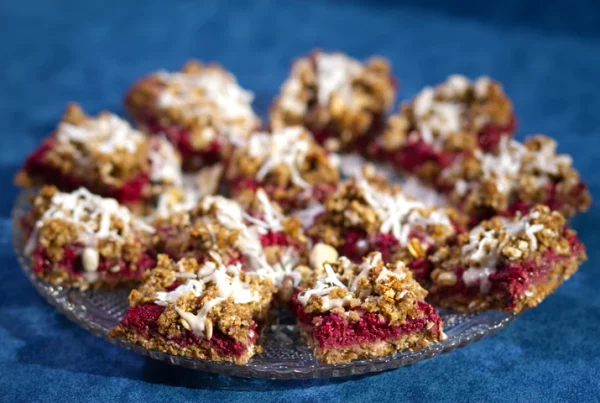Have you ever been confused about the difference between ancient and regular grains? Are they more nutritious, better-quality grains, or are they another way of tagging a grain “organic”?

First, here’s a list of the most commonly used ancient grains:
Farro
Spelt
Kamut
Quinoa (GF)
Millet (GF)
Amaranth (GF)
Teff (GF)
Chia (GF)
Sorghum (GF)

The thing all of these grains have in common is that they’re ancient forms of our modern grains, which have been genetically modified over time. Ancient grains aren’t a new sort of “superfood”; rather, they’re our modern-day grains in their original forms.
For example, farro, spelt, freekeh, and kamut are all ancient varieties of modern-day wheat. And there are a variety of gluten-free ancient grain options. Interestingly, however, those with gluten sensitivity have been shown to tolerate these gluten-containing ancient varieties of wheat.
The greatest benefit of ancient grains is their higher nutrient content, which often is accompanied by a tastier and heartier flavor. Ancient grains are also more likely to be grown organically, which makes it easier to find organic grains at the store.
Fortunately, these ancient grains can replace modern grains in any recipe, including bread. Spelt is the most common alternative to modern wheat flour, and you may even find you prefer the taste and texture of homemade spelt bread to traditional wheat bread. It’s not necessary to replace all of your regular whole grains with ancient grains on a WFPB diet, but just as including a greater variety of produce is always beneficial, including more ancient grains can never hurt!
With thirty entrees to choose from, PlantPure meals are the most convenient, healthy and inexpensive delivered foods available on-line! Our meals have no added oils and are priced lower than most fast foods. Order today at: PlantPureNation.com/collections/Foods
The post What’s an Ancient Grain? appeared first on PlantPure Nation.
